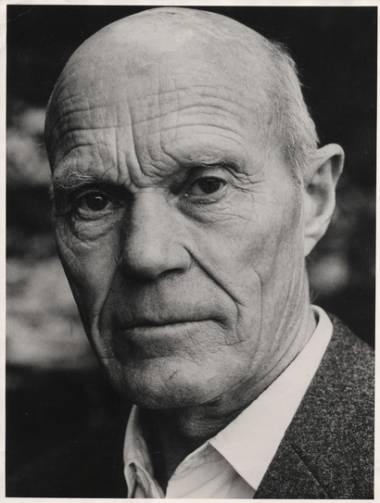
Identity, memory, loss and angst are perceived through the severity of the Norwegian landscape, which is revealed as the real protagonist of this meditative narrative. The prose is apparently simple, smooth and flowing, but a closer appraisal will reveal a symbology akin to the most complex philosophical treatise. Sketches of lyrical introspection where man and nature fuse to become one entity. We know very little about the power and destructiveness of words.” Wrong again: Words can turn into dark chasms unbridgeable for a whole lifetime. Wrong: Words can clear the largest rocks out of the way. “Words can cause trouble like large rocks in one’s path. There is good writing and occasional poetry. standing and talking with a girl in the snow.

Other stories are of him watching cranes dance as he lies hidden in a marsh and of puppy love.

Had it been winter rather than summer, he would have died of hypothermia.Īfter World War II he finds the bodies of five German soldiers dead in the woods.Ī young boy sits up with his mother in the evening waiting for his father to come home – hopefully not drunk. He falls, injured, into a river and drifts downstream clinging to a log for miles before he is rescued. The first story sets the tone: a young boy, maybe ten years old, experiences the ‘endless drudgery’ of working with his father - “He of the few and sharp words.” - to shovel snow from dawn to dusk to clear a logging road that will likely fill with snow again during the night.Īnother story has this same theme of drudgery: even as a boy, he feels it is ‘not right’ that his mother and father fall into bed every night from exhaustion.


They run the gamut from the mundane to the traumatic. We aren’t told if these were real events that happened to the author but it’s likely they are true stores of his youth. It’s a series of vignettes - memoirs really, more than short stories - of a young boy growing up. The book I am reviewing was his last work, written a couple of years before his death when he was 71. This Norwegian author (1897-1970) is best known for his novel The Ice Palace.


 0 kommentar(er)
0 kommentar(er)
